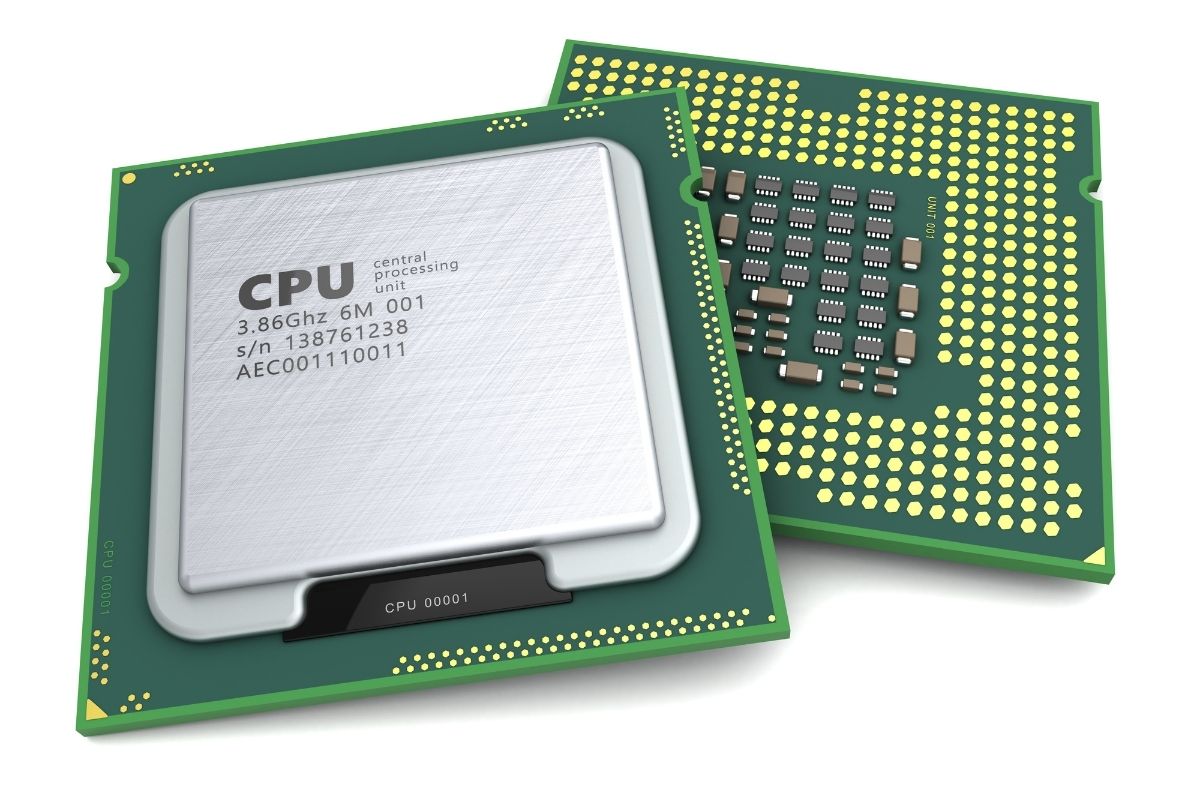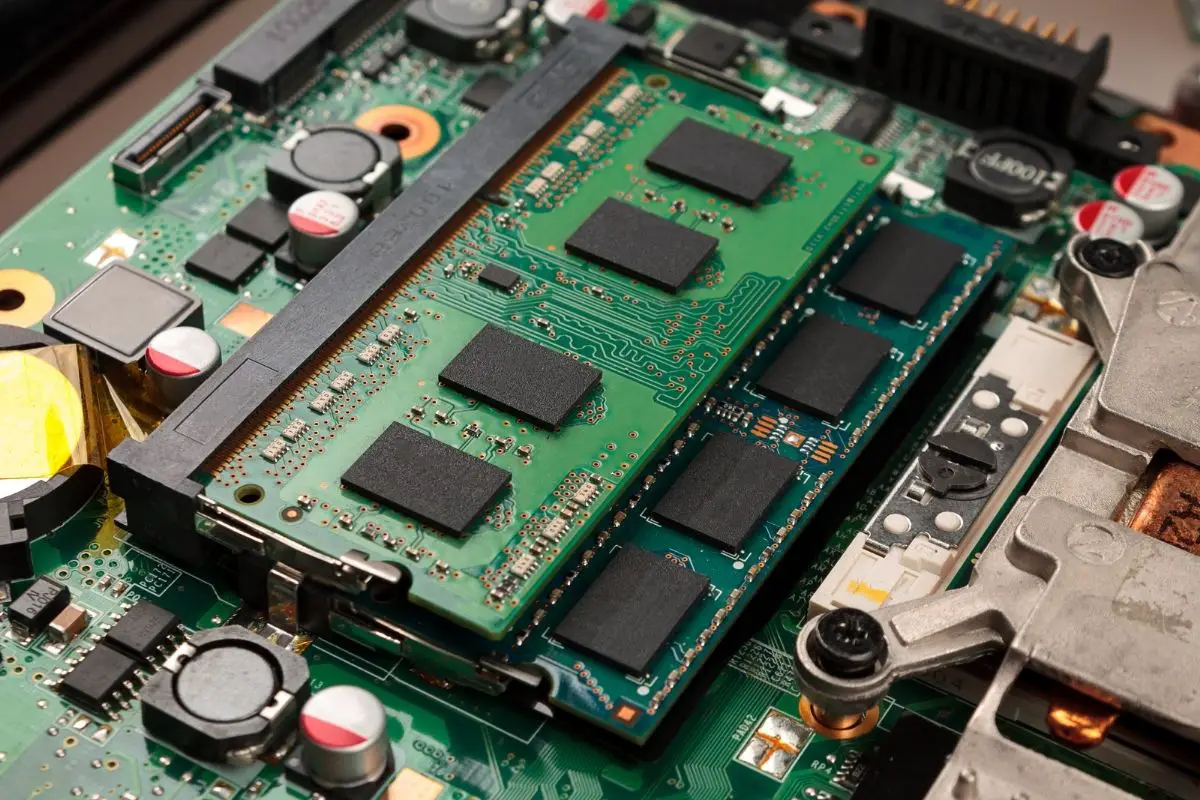Adobe Photoshop is the most powerful graphic design and photo editing software on the market.
Over the decades, it has become indispensable for professional photographers and graphic designers alike—but it’s also a favorite hobby for many amateur artists.
If you want to master Photoshop, you will need to invest some time in learning its features. And if you want to *be able to* use this tool, you will need to pay up for a machine that’s powerful enough to run it.
One of the first things you may be wondering is if your computer has the minimum required specs to run Photoshop without glitching. And among those specs, you might be pondering the amount of RAM.
Your computer’s RAM, or Random Access Memory, is a type of memory that software applications use for storing and accessing information in any order, a.k.a. randomly.
The amount of RAM your computer has will play a big part in how well it can run Adobe Photoshop. So let’s talk about why Photoshop needs RAM and how much RAM it needs.
Raster vs. Vector Images, And Why It Matters
Raster images, or the type of images that Adobe Photoshop is built for, consist of tiny dots called pixels arranged on a grid. Depending on the resolution, an image can be made up of hundreds of thousands to millions of pixels.
Vector images are created by connecting multiple dots with lines. Where the dots are placed—and which lines connect to them—is determined by mathematical formulas.
Since vector images are made up of equations, they are infinitely scalable and can be made bigger or smaller without a noticeable loss in quality. Often, vectors are smaller in size than rasters are.
Raster images, on the other hand, are dependent on the resolution.
If you take a raster image with dimensions of 640×480 pixels and scale it to 1,280×960, it’ll lose its quality and become blurry. Rasters can even lose their quality when scaled down.
Within the Adobe world, Adobe Photoshop is for editing raster images, and Adobe Illustrator is for editing vector images.
How Raster Images Are Rendered on the Screen

To understand how much RAM is required to run Photoshop, we need to first understand how the raster images that it edits are rendered on our screens.
Inside all computers, there are two processing units. The central processing unit (CPU) controls the basic functions and processes that the machine is capable of.
Meanwhile, the graphics processing unit (GPU) is in control of creating visual imagery on our computer screens to display the tasks controlled by the CPU.
To display a raster image on your screen, your CPU first needs to read the file that it is contained. Using your RAM, the CPU reads the grid and the exact location of every pixel on it.
This information is then passed on to the GPU, which constructs the grid and places all the pixels on it in accordance with the information it is receiving from the CPU.
Together, the two processing units create the original image on your screen so that you can edit it in Photoshop.
CPU vs. GPU: Which Is More Important For Photoshop?

The main difference between the CPU and GPU is that one is better suited to performing a few complex tasks very well, while the other is better at juggling multiple tasks at once.
For example, the CPU needs to work to run Photoshop in the first place, but without a GPU, the images you load into it will take forever to appear on your screen.
This is because a GPU has lots of low-powered cores working all at once, while a CPU will only have a small number of very powerful cores.
As such, the GPU can store the grid for a raster image in its VRAM so that certain pixels can be loaded and unloaded in a matter of seconds.
This is what allows you to zoom into images and manipulate them fluently without having to wait for the results of each click to appear on-screen.
By the same token, the CPU is what allows you to carry out many of the tasks in the first place.
Related: Does Photoshop Use CPU or GPU?
Photoshop’s Minimum RAM Requirements
According to the Adobe Help Center, your computer must have the following minimum requirements to be able to run Photoshop without hassle.
On a Windows computer, the minimum requirement is 8 GB of RAM, but the recommended setup is at least 16 GB of RAM.
On a Mac or MacBook, the minimum requirement is 8 GB of RAM, but the recommended setup is at least 16 GB of RAM.
So is the minimum requirement enough?
Depends on what you’re using Photoshop for.
If you’re just getting started and you’re learning the ropes by editing simple images, 8 GB will be more than enough to run Photoshop without glitches.
But if you’re a professional photographer who wants to edit large photos or a graphic designer who plans to work on project files with a big resolution, there’s a high chance that your machine will struggle if it has anything less than 16 GBs of RAM.
Of course, RAM by itself isn’t enough to run Photoshop.
You need a setup where the whole is greater than the sum of its parts. Ideally, you want to have a high-end CPU and GPU and plenty of free space on your hard drive.
Conclusion
Photoshop is an amazing piece of software, but it does require some power under the hood to run efficiently.
Above, we have mentioned some of the minimum system requirements to use Photoshop, but they are the minimum for a reason.
Ideally, you want to surpass all of the above specs if you want to get the best experience when using this software.
Hopefully, this guide will have given you a good idea about whether or not your personal computer will be suitable for using Adobe Photoshop.

